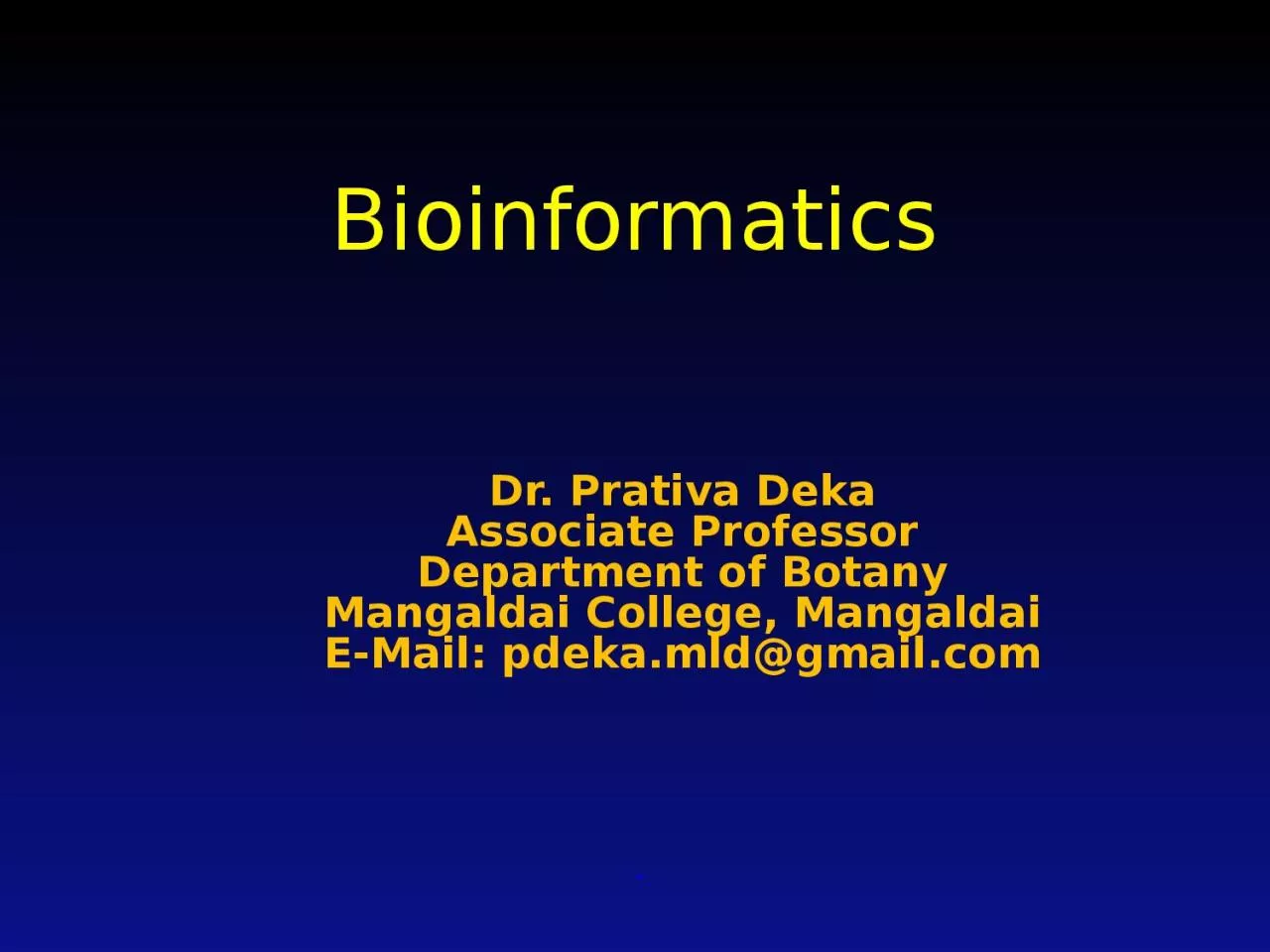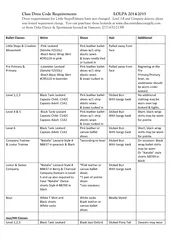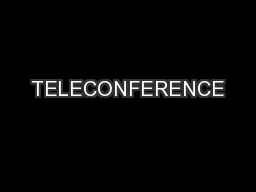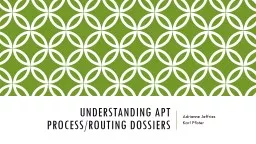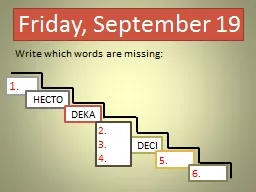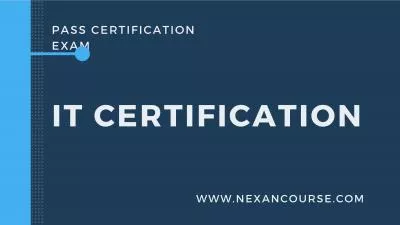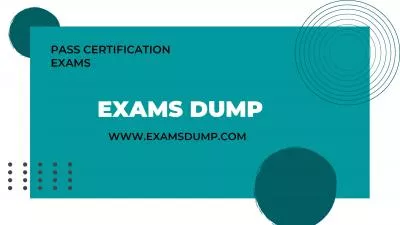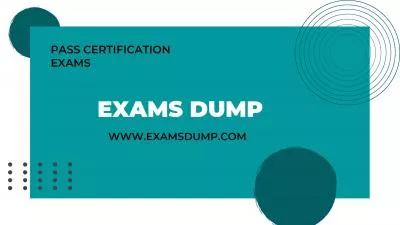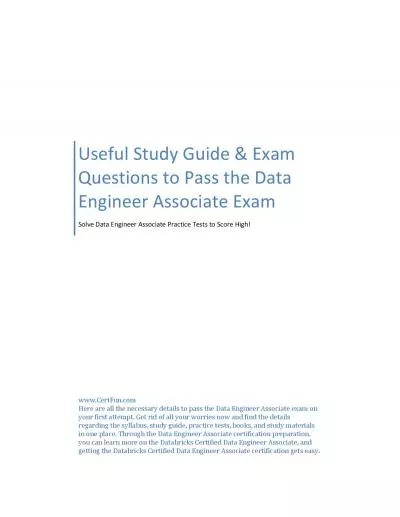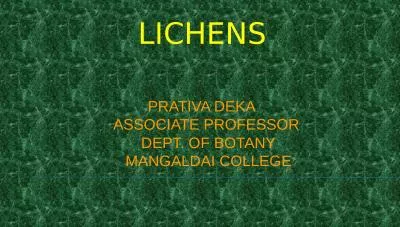PPT-Dr. Prativa Deka Associate Professor
Author : rosemary | Published Date : 2024-02-09
Department of Botany Mangaldai College Mangaldai EMail pdekamldgmailcom Bioinformatics Biologists Collect Molecular Data DNA amp Protein Sequences Gene Expression
Presentation Embed Code
Download Presentation
Download Presentation The PPT/PDF document "Dr. Prativa Deka Associate Professor" is the property of its rightful owner. Permission is granted to download and print the materials on this website for personal, non-commercial use only, and to display it on your personal computer provided you do not modify the materials and that you retain all copyright notices contained in the materials. By downloading content from our website, you accept the terms of this agreement.
Dr. Prativa Deka Associate Professor: Transcript
Download Rules Of Document
"Dr. Prativa Deka Associate Professor"The content belongs to its owner. You may download and print it for personal use, without modification, and keep all copyright notices. By downloading, you agree to these terms.
Related Documents

